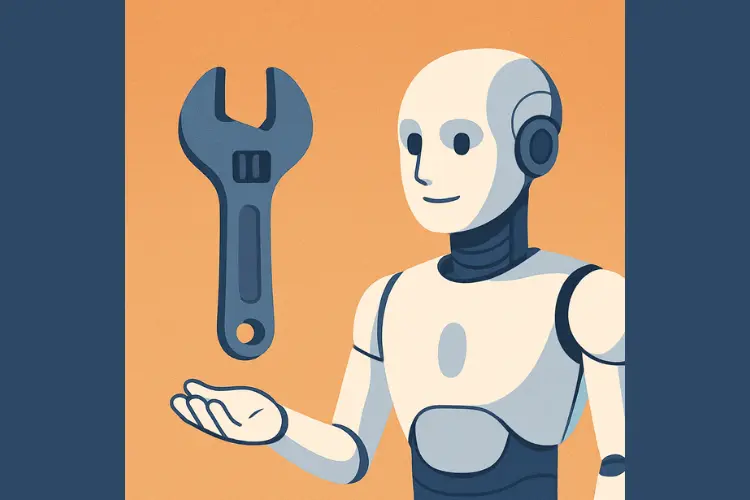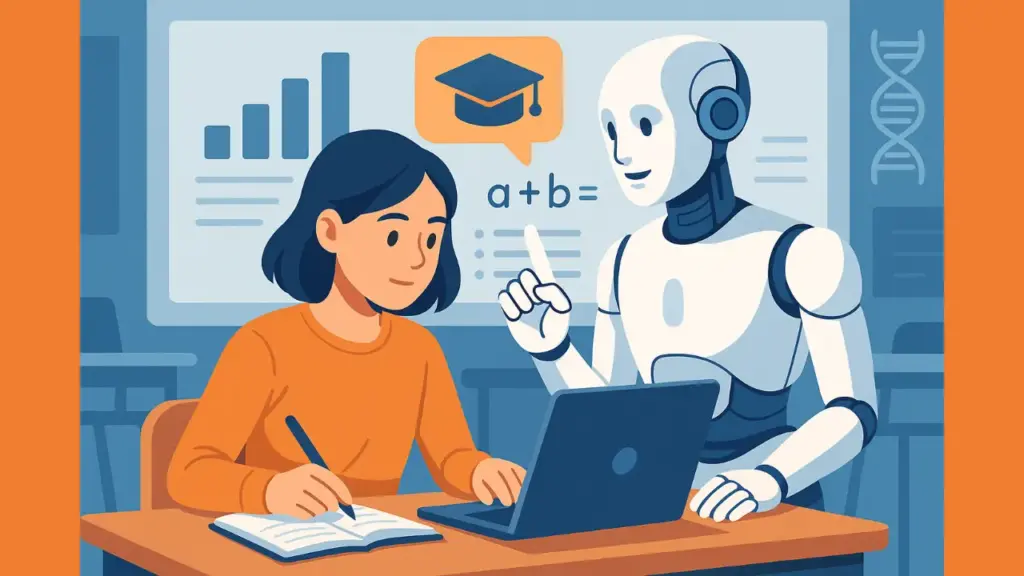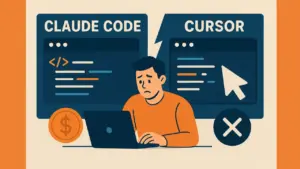1. Introduction: The AI Tipping Point in Education
What if everything we know about learning is about to change? Across the globe, a quiet revolution is unfolding in classrooms. Artificial Intelligence (AI) is not just another classroom tool. It’s changing how we think, learn, and teach.
The stats speak volumes. Today, 92% of college students use AI in their coursework. Just a year ago, that number was 66%. This shift is rapid and deep. It’s not about digital whiteboards or online quizzes. It’s about machines that think, reason, and learn better than we do.
What does it mean to be educated in an age where knowledge is one click away, but wisdom is still rare? Can AI finally deliver personalized learning, or will it widen existing educational gaps? We are living through the biggest shift in education since the printing press.
2. The Numbers Don’t Lie: A Rapidly Changing Landscape
AI adoption in education is exploding. According to the Higher Education Policy Institute:
- 92% of students now use AI tools for coursework.
- 88% use AI specifically for assessments and exams.
- 80% of universities have AI policies.
- Only 36% of students say they’ve received any AI training.
This mismatch between policy and practice is dangerous. Students are using powerful tools. But many don’t know how to use them effectively. The result? A fast-moving wave of change that institutions struggle to ride.
3. The Great Divide: Policy vs. Practice
Universities are trying to catch up. They create policies. They host a few workshops. But most students are left to figure it out on their own. This leads to a “wild west” environment in education.
Students are self-teaching AI tools like ChatGPT, Claude, and Copilot. These skills will shape their future careers. But without guidance, some will thrive while others fall behind. The system isn’t built to handle this kind of fast-paced innovation.
This divide creates a critical problem. Schools are focused on rules. Students are focused on results. The gap in support could mean a new kind of inequality.
4. A Generation Rewired: How Students Are Learning Differently
This is the first generation to grow up with AI in their classrooms. They’re not just using new tools. They’re thinking differently.
Instead of memorizing facts, students use AI to generate, compare, and reflect. They interact with learning materials in real time. Their brains are wired for prompts, not paragraphs.
These shifts go beyond surface-level changes. They reshape how young people approach problem-solving and creativity. Old-school methods like rote learning are quickly becoming obsolete.
5. A Brief History of EdTech Promises (and Failures)
Education technology has always promised big things:
- Chalkboards made teaching scalable.
- Filmstrips brought visualization.
- Computers enabled interactive learning.
- The internet allowed access to global knowledge.
But the cycle stayed the same: bold promises, resistance, slow adoption, and eventual neglect.
We digitized paper tests instead of rethinking them. We replaced textbooks with PDFs. We added screens without changing teaching methods.
6. Why AI Isn’t Just Another Tool
AI breaks the cycle. It doesn’t just support learning. It simulates thinking.
AI tools can:
- Write essays.
- Solve math problems.
- Create art.
- Summarize articles.
- Teach coding.
These tools don’t just extend human abilities. They mimic them. And that changes everything.
For the first time, education is not just about teaching humans to think. It’s about working alongside machines that can think too.
This is bigger than the calculator. Bigger than Google. It’s a fundamental shift in what it means to learn.

7. The Big Questions We Must Ask
This transformation raises deep questions:
- What does being “educated” mean when AI knows everything?
- Can schools teach wisdom, not just facts?
- Will AI deepen inequality, or help close the gap?
- How do we prepare students for jobs that AI might soon replace?
We must rethink curriculum, assessments, and even the classroom itself.
Teaching must evolve. Not just to use AI. But to guide students in how to think critically about what AI tells them.
8. Conclusion: The Future of Learning Is Already Here
The AI revolution in education is no longer theoretical. It’s happening now.
Students are using AI in ways that reshape how they learn, think, and prepare for the future. Universities are rushing to keep up, but the gap between policy and practice is real.
This is not a passing trend. It’s a new era. An era where human learning is augmented, challenged, and transformed by artificial intelligence.
At StartupHakk, we believe the key to thriving in this future is not just using AI—it’s understanding it. As we navigate this change, let’s build a system that values wisdom over repetition and creativity over conformity.
Because the real question isn’t “Will AI change education?” It already has. The question is: Are we ready for what comes next?




